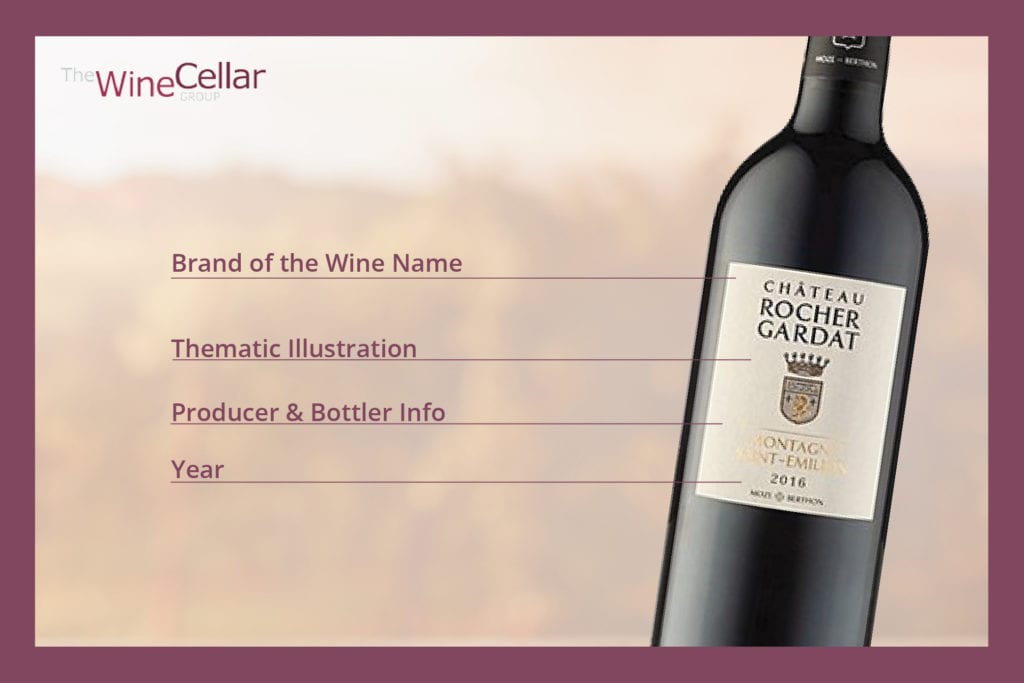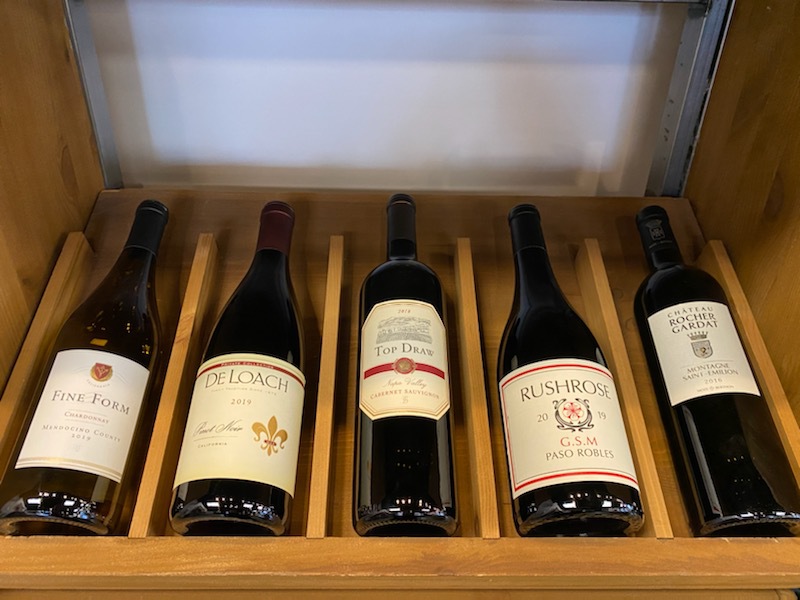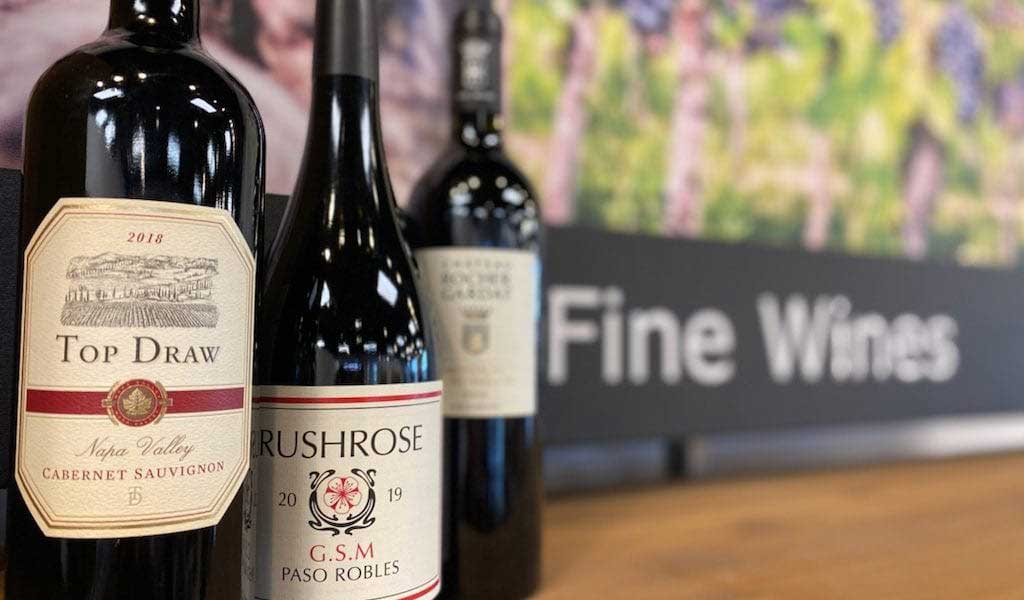Learning how to read a wine label can unlock a ton of information about what’s inside the bottle. Have you ever wondered what exactly all those numbers, names, and phrases on wine bottle labels mean? If so, you’re in the right place. Here’s everything you need to know about how to read a wine label.
How To Read Wine Labels
Properly reading a wine label can seem intimidating at first, but once you know how to read wine labels, you’ll be glad you learned. That’s why we’ve compiled a list of basic wine label info that you should know. These basics will help you decode any wine bottle label—and help you find the perfect wine, every time.
Ready to become a wine label expert? Check out the diagram below to see the basic parts of a wine label, then we’ll dive deeper into each piece of information.

Basic Parts of a Wine Bottle Label & What They Mean
Producer
The wine producer is essentially the brand or the bottle you are purchasing. This is usually one of the most prominent parts of the label. It tells you who makes the wine. If there is no brand name on the label, the bottler’s name is considered to be the brand.
Region
The region—also known as appellation—identifies where the grapes for the wine were grown. For example, if you see the phrase “Napa Valley” on the label, that is the region the wine is from. This part of the label is legally defined and protected, meaning it’s mandatory for a wine label to contain this information.
Wine Variety
The wine variety, or type, tells you what kind of wine the bottle contains. Common wine types include Chardonnay, Cabernet Sauvignon, and Pinot Noir. The wine type is usually displayed prominently.
The Vintage
The term “vintage” is when the wine was produced and is characterized by the year. Usually, the vintage is on the front label, although it can also be on the back. The vintage will help you determine how much aging the wine has undergone. Typically, the older, the better the wine.
You might also see “NV” or “non-vintage” on labels. So, what does NV mean in wine? If you see NV or non-vintage on the label, it means the wine was made by blending multiple years. This is common for Champagnes.
ABV
This stands for alcohol by volume. It tells you how much alcohol there is in the wine. There are some nuances to know when it comes to the ABV. For instance, a wine that has a 13.5% ABV can be labeled as low as 12% or rounded up to 14%. A wine that has 14% ABV or less can be labeled a table wine and have no mention of the numeric alcohol content on the label.
Bottler
Usually on the back label, this tells who bottled the wine or who produced/made it. Sometimes, wine is made by one company but bottled by another.
Sulfites
If a wine has more than 10mg per liter, then the label needs to say that there are sulfites, although they are not required to tell you how much. Sulfites aren’t usually an issue unless you are allergic to them. If this is the case, be sure to always check the back label to see if the wine is sulfite-free or not.
Government Warning
All wines contain a government warning section on the back label disclosing information about consuming alcoholic beverages.
Net Contents
Last but not least, the net contents will tell you how many mL of wine are in the bottle.

What Information Is Required on a Wine Label?
You might not see all the above-mentioned information on your wine bottle—that’s normal! Not all wine bottles are required to contain specific details. Here’s some helpful information on what should be included on a wine bottle label:
Mandatory Information
- Brand name
- Wine type
- Appellation
- Alcohol content
Optional Information
- Vintage
- Fanciful name
- Special designation
- Vineyard designation
- Estate bottled
Wine Label Variations
The optional information for labels on wine bottles means that there are often wine label variations. For instance, some wines will contain a special designation. This just highlights the characteristics of the wine, such as sweetness or color. If the wine is exceptionally high in quality, the label might contain terms like “special selection” or “private reserve.”
Other variations of labels might include the name of the vineyard they’re from or a fanciful name, which is a sort of term to differentiate each wine type within a brand. Some vegan wines also include that information on the bottle.

Why Reading Wine Labels Is Important
Wine labels aren’t just identifiers for the many wine bottles you see in a store. Wine labels can help you find the perfect wine for any occasion. Maybe you prefer wine from Washington state, or grapes grown in sunny California, in which case you can look for a Napa Valley appellation. Perhaps you’re allergic to sulfites, and need to make sure your wine is sulfite-free—then you’d check the back label to verify if it has any sulfites.
Essentially, knowing how to read a wine label makes you a better wine consumer. It’ll be easier for you to find wines that meet your standards and your palate.
Looking for the perfect bottle? Check out The Wine Cellar Group. From special vineyards to Napa Valley favorites, we have a wide selection of wines to choose from.
SHOP ONLINE





Leave A Comment